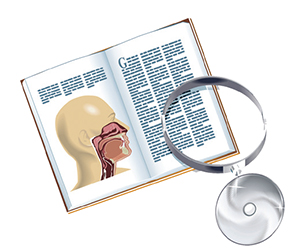Explore This Issue
March 2014
Background
Orbital subperiosteal abscess (SPA) describes a process in which a collection of pus forms between the bony orbit and the periorbita. SPA most commonly arises as a complication of acute sinusitis, where it exists along a spectrum of orbital involvement from limited (preseptal cellulitis) to severe (cavernous sinus thrombosis). The surgical management of SPA in children has evolved from drainage via an external approach to an endoscopic approach. Controversy remains, however, in deciding which SPAs require drainage, and which may be managed conservatively with systemic antibiotics.
Best Practice
Taken as a whole, the literature suggests that orbital SPA in children is not an absolute indication for immediate surgical intervention. Patients presenting with advanced ophthalmologic findings (impaired visual acuity, elevated IOP, ophthalmoplegia, proptosis ≥5 mm) or with large abscesses (width >10 mm) are best treated surgically. Patients with a less serious presentation may improve with conservative management (intravenous antibiotics, nasal saline lavage, topical decongestants). There is evidence that older patients are less likely to be adequately treated with medications alone; however, age should not be a contraindication to a trial of conservative management. All patients must be monitored closely with serial ophthalmologic examinations, and any deterioration should lead to timely drainage. Failure to improve after 48 hours likely reflects treatment failure and should prompt consideration for surgical intervention. Read the full article in The Laryngoscope.
Leave a Reply